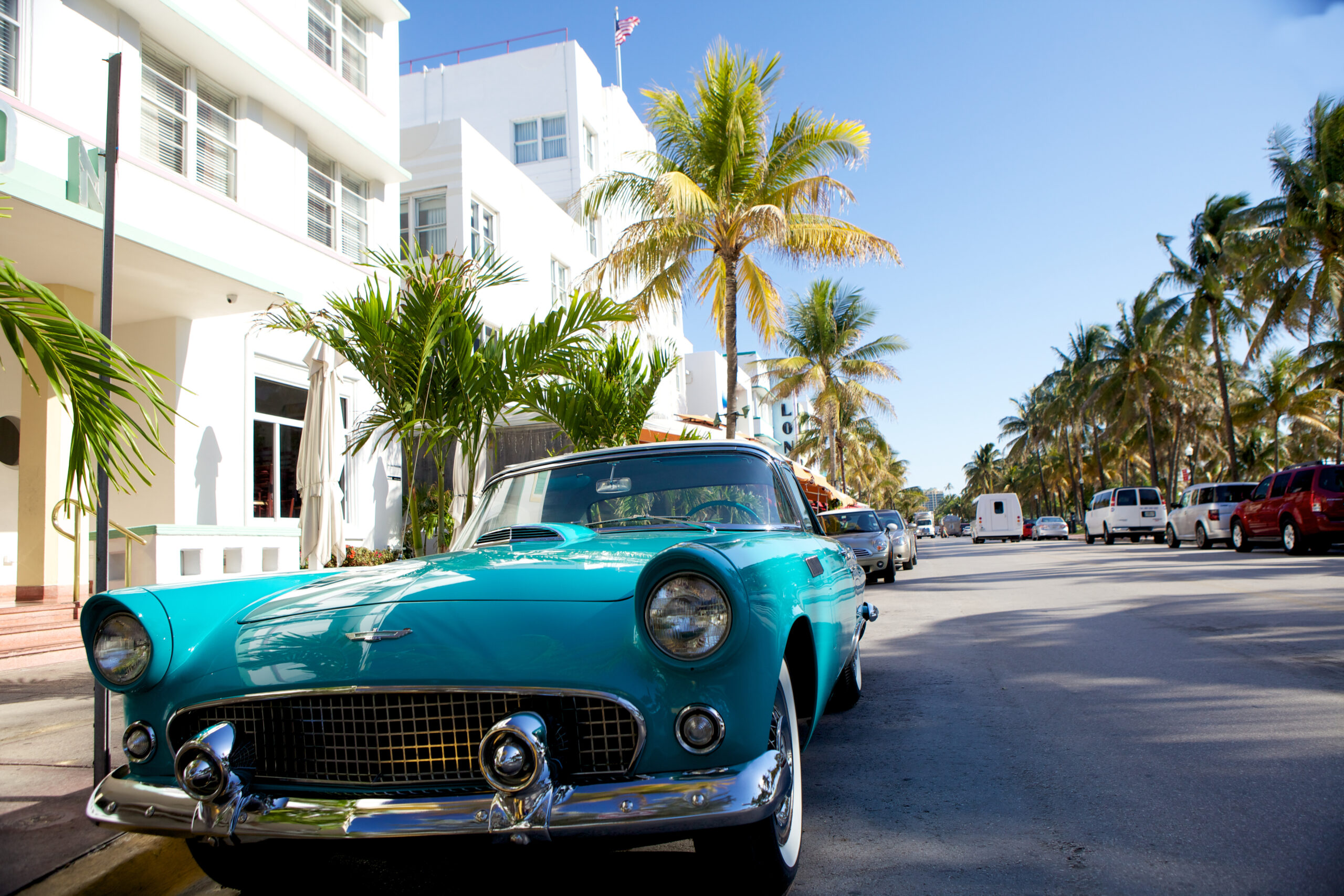Following our discussion of the 15-minute city concept and its economic challenges, let’s turn to real-world examples where the limits of trendy urban models become more apparent. As someone who has lived and worked in both Miami Beach and Miami Shores, I’ve seen firsthand how these cities grapple with the issues the 15-minute city model raises: balancing local accessibility with economic reality. Neither city fits neatly into a one-size-fits-all model like the 15-minute city, and their unique challenges show why flexibility, community engagement, and market-driven planning are crucial for real success.
Before diving into each community, there are some commonalities that these two communities have with each other, and with many other communities, which make the reality of 15-minute cities unrealistic:
Both Miami Beach and Miami Shores face challenges from NIMBYs (Not In My Backyard) and residents who resist development, especially when it comes to outsiders or fears of overdevelopment and cars. In Miami Beach, long-time residents often push back, worried that more development will attract tourists and outsiders, worsening traffic and straining local resources. More recently, Miami Beach has even decided that you are unwelcome if you live on a boat (I guess boats don’t count toward the 15-minute range). Similarly, in Miami Shores, the suburban charm and small-town feel are fiercely protected by residents who resist any change they (often falsely) perceive as threatening their neighborhoods or increasing density. This resistance creates a delicate balance for both communities, as they should be addressing the need for economic growth and tax base enhancement without alienating the residents who value the existing character of their communities, a character that is the reason more people want to visit and stay. However, ignoring the benefits of thoughtful development can stifle opportunities for local businesses, provide nearby goods and services, and limit the cities’ ability to adapt to evolving economic conditions, leaving both places stuck in a status quo that may not serve them in the long run.
Miami Beach: Density Meets Tourism
At first glance, Miami Beach might seem like the perfect candidate for a 15-minute city. With its high density, walkable streets, and bustling tourism industry, it has many of the ingredients that urban planners dream about. However, the reality is more complex. Miami Beach’s economy is still driven heavily by tourism and hospitality, which makes the idea of self-sufficient, residential-focused neighborhoods a difficult sell.
Tourism brings in seasonal demand that fluctuates throughout the year, and the services that thrive here— restaurants, hotels, and retail — are geared toward visitors, not just residents. While it’s true that you can walk to many services in parts of Miami Beach, this access can be contingent on the tourism economy, which doesn’t align with the stable, localized model that the 15-minute city envisions. Additionally, the cost of living and real estate prices in Miami Beach are heavily influenced by this tourism-driven market, creating affordability challenges for year-round residents who may struggle to access everyday services like grocery stores or medical clinics within walking distance.
Miami Beach is also grappling with a growing sense of exclusivity, as skyrocketing property values and the influx of high-end developments make the city less accessible to many. The shift toward luxury condos, upscale hotels, and exclusive neighborhoods has transformed parts of Miami Beach into enclaves for the wealthy, pushing out long-time residents and small businesses that once thrived on the island. This trend has not only increased the cost of living but has also shifted the city’s focus from serving a diverse population to catering to a more affluent, transient crowd. As a result, Miami Beach risks losing its eclectic character and becoming a place where only the elite can afford to live, dine, or shop, further exacerbating the divide between the city’s tourism-driven economy and the needs of all of its full-time residents.
Miami Shores: Suburban Charm Meets Economic Reality
Now let’s contrast that with Miami Shores, a much smaller, more residential community located just north of Miami. Miami Shores prides itself on its suburban charm, with tree-lined streets, local schools, and a quiet, family-friendly environment. Unlike Miami Beach, Miami Shores does not have the same density or tourism economy to support the kind of constant foot traffic that retail and services need to survive.
Here, the idea of a 15-minute city is even less viable. There simply isn’t enough density to sustain a variety of businesses within walking distance, and many residents choose to drive to nearby commercial areas in Miami or Aventura for their shopping and dining needs. The reliance on cars is a clear sign that low-density suburbs like Miami Shores cannot be shoehorned into the 15-minute city model.
What works in Miami Shores is a more community-driven, flexible approach. The village has focused on maintaining its historic character while trying to allow for small, locally-owned businesses to flourish in its downtown area. But even here, retail demand is limited. The local economy thrives on the fact that residents value quality of life—good schools, green spaces, and quiet neighborhoods—more than having every service within walking distance.
In Miami Shores, many residents express a desire for a more vibrant downtown, with thriving local businesses and more options for dining and shopping. However, there’s also a strong resistance to adding the density needed to support that kind of economic activity. The village’s small-town charm and quiet residential streets are highly valued, and many residents fear that increasing density or commercial development could disrupt that balance, leading to more traffic and a loss of the neighborhood’s peaceful character. Additionally, there is concern about transportation impacts, as residents want to avoid congestion and through-traffic in the village. This desire for vibrancy without the infrastructure or density that typically supports it puts Miami Shores in a very challenging position, as it struggles to balance the need for economic growth with maintaining its suburban appeal.
Key Takeaways
These two local examples — Miami Beach and Miami Shores — illustrate the complexities of applying the 15-minute city model to real-world settings. In both cities, resistance to development is driven by concerns about overdevelopment, increased density, and impacts on local character. Miami Beach faces the challenge of balancing its role as a tourist destination with the needs of its full-time residents, while exclusivity and rising property values threaten to push out long-time locals. Miami Shores, on the other hand, struggles with the desire for a more vibrant downtown without the density or transportation changes that would be necessary to support it. In both cases, residents are protective of what makes their communities unique, but this creates tension between maintaining the status quo and fostering economic growth.
Conclusion
The experiences of Miami Beach and Miami Shores highlight the need for nuanced, flexible approaches to urban planning that respect the unique characteristics of each community. Both cities showcase the challenges of trying to apply trendy urban models like the 15-minute city without addressing the underlying economic and social dynamics at play. True economic development requires engaging with these complexities, ensuring that cities remain livable and vibrant without sacrificing what makes them special. As we continue this series, we’ll explore how other cities can learn from these examples to create sustainable, adaptable strategies for growth.




Comments are closed